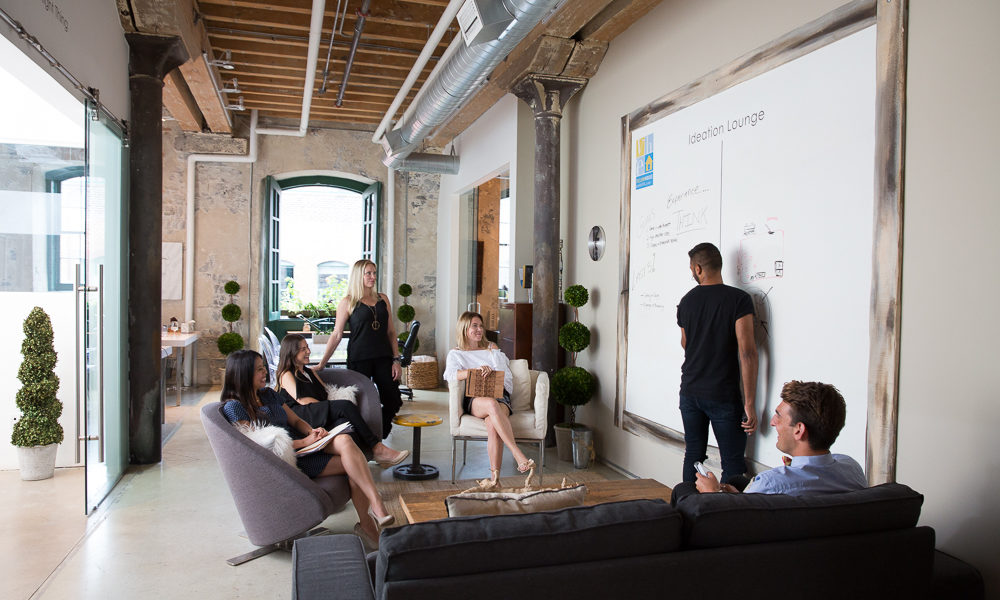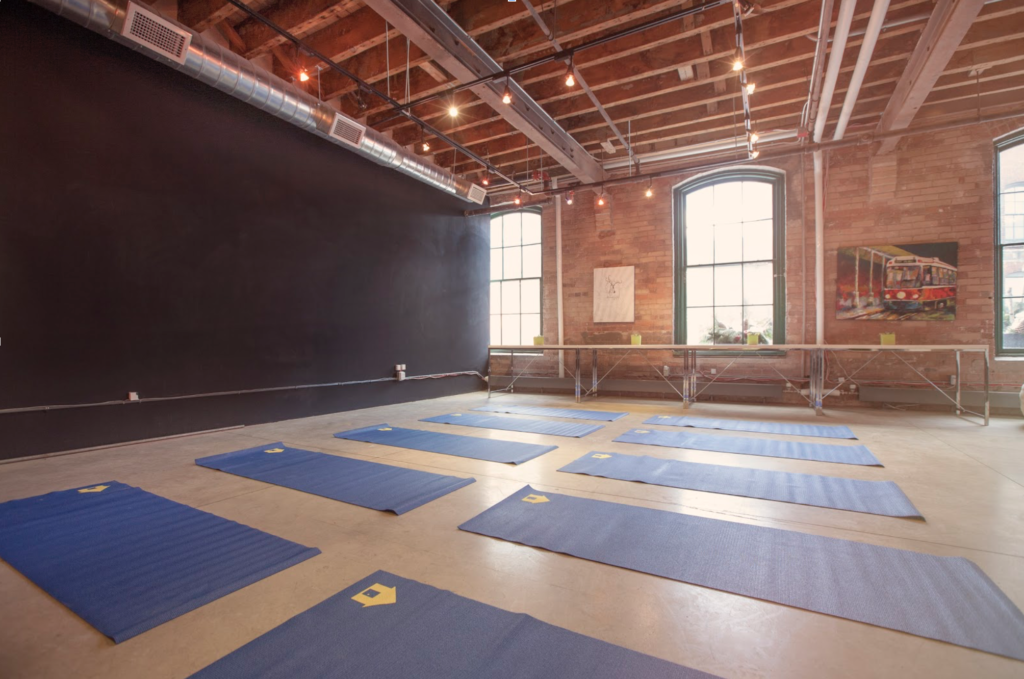Oct 22, 2019
Create or Die! How to Tap Your Team’s Creativity

Jen Millard
In the daily grind of simply getting things done it can be difficult to find ways to tap into and maximize your team’s creativity. You know what we’re talking about, right? The get up, go to work, kick ass, repeat grind isn’t always conducive to coming up with the best ideas.
Not sure where to start with your team? Here are ten ways you can tap into and amp your team’s creativity.
Here at Yellow House, we pride ourselves on our creativity. Coming up with unique and creative event-based solutions is our bread and butter, which means ideation and brainstorming are second nature. Sometimes we do it on the fly ‘cause that’s how we roll, but we also regularly carve out time and space to make sure our ideas – and ways of doing things – are always the best they can be with creativity always in the lead.
“Creativity is one of the last remaining legal ways of gaining an unfair advantage over the competition.” — Ed McCabe
- Get them out of the office. Here in the House, we use regular staff and executive retreats to help the team refocus and re-energize. We produce executive and team retreats for our clients too, for the same reasons. A change of scenery and routine can provide a new perspective on a problem or just help us shift gears in the way we think. Every brainstorming session should begin with a creative exercise and with getting out of the same old boredroom (Yes, typo intentional!). Last month we decamped to cottage country where we started the day with team yoga and fresh air before diving into a vigorous brainstorm. It was a nice and (literally) refreshing change from the alarm clock and crush of humanity on the transit morning struggle. (And the mimosas didn’t hurt either.) Brainstorms were fueled by inspiration we found in nature, even though the nature of the brainstorm was very urban.
- Remove barriers, if only for initial discussion purposes. Encourage the team to brainstorm around “What would we do if budget, timing and other constraints weren’t a factor? What would we do if the sky truly was the limit?” Then, when you’ve got the best ideas you can come up with, slowly bring it back to earth by considering how to execute this within the client’s budget or timeline. Park those objections and creativity killers and then come back to them later.
- Ensure everyone participates. There are always people on the team who don’t see themselves as the creative ones. (We see you hiding in the back Finance and IT!). So at your next company-wide offsite make sure everyone comes prepared to share ideas on general business process or a pre-determined client issue or business challenge. But don’t overbrief the team. Sometimes the best ideas come from people and places you don’t expect, and it’s the team or session leader’s job to make sure everyone is empowered and encouraged to share.
- Set them up for success. Make sure everyone knows that no idea is a bad one (Except the one where someone suggested we bring a live tiger to the barbeque festival. That was a bad one). Encourage participation and engagement. Write all ideas down, not just the “good” ones so everyone knows their voice is valid. Don’t cut people off or tamp down their idea too early. Some great ideas come from bad ideas.
- Set them up for success, part II. Create a culture – not just in the meeting or offsite – but in your business as a whole, where employees are encouraged to try new things and feel supported even when it doesn’t go well. Encourage ideas and even set aside a “test to fail” budget. Create a comfortable workspace or consider how flexible working hours might remove some of the everyday stress and structure that can stifle not only creativity but negatively impact productivity and job satisfaction as well.
- Ban phrases that kill creativity. These include: “But”, “That’s not what we’ve done in the past”, “I don’t like that idea”, “I don’t think the client will go for it”, “Sounds too expensive”, and “We’ve already tried that”. Remind your team that words are important, and momentum is important. Resist the temptation to kill an idea with negative language before it’s even off the ground.
- Give your team members a real chance to express their creativity. All the great ideas in the world won’t help your business if your employees don’t believe they’ll have the opportunity to do anything with them. When the time is right, make sure your people have the chance to run with their ideas and give them as much autonomy as possible. If you’ve hired well, you don’t need to stifle them by hanging over their shoulder and asking to be cc’d on everything. Let them go!
- Be specific about session goals and objectives. Have you ever tried to develop solutions for a client who isn’t sure what their objectives are, or to write a research paper without a thesis? Not easy, right? Well, the same goes for brainstorming. Specifics, targets and parameters don’t have to be constraints. Think of them as bumpers and guardrails that keep the conversation focused so you’re spending your valuable time on activities that will bring the best, most workable results. (Otherwise, you might end up relocating the office to Fiji when all you really wanted was a new process for naming files.)
- Don’t neglect your physical space. A workspace that promotes beauty and comfort can be a key part of ensuring everyone feels creative and energized every day, not just during brainstorming sessions. This doesn’t mean you need to install an office waterslide or hire a masseuse, although they certainly wouldn’t frown on this. Aromatherapy, music, temperature, artwork, enclosed spaces for privacy and a variety of work surfaces and spaces that encourage movement will help people feel comfortable and stimulated, which can lead to their best work. The same goes for your retreat setting. Make it beautiful and inspiring.
- Accept that sometimes it’s just about the process. Not every creative session will end with a million-dollar idea. Sometimes you’ll spend hours circling a problem without feeling any closer to a solution. But looking at that as time wasted is a mistake. Any time you gather your troops or empower your team to come up with ideas, you’re communicating your trust and belief in them. Engaging people in ideation and problem-solving helps them feel valued and part of something special.
Good luck! Drop us a note anytime and let us know how it goes.
